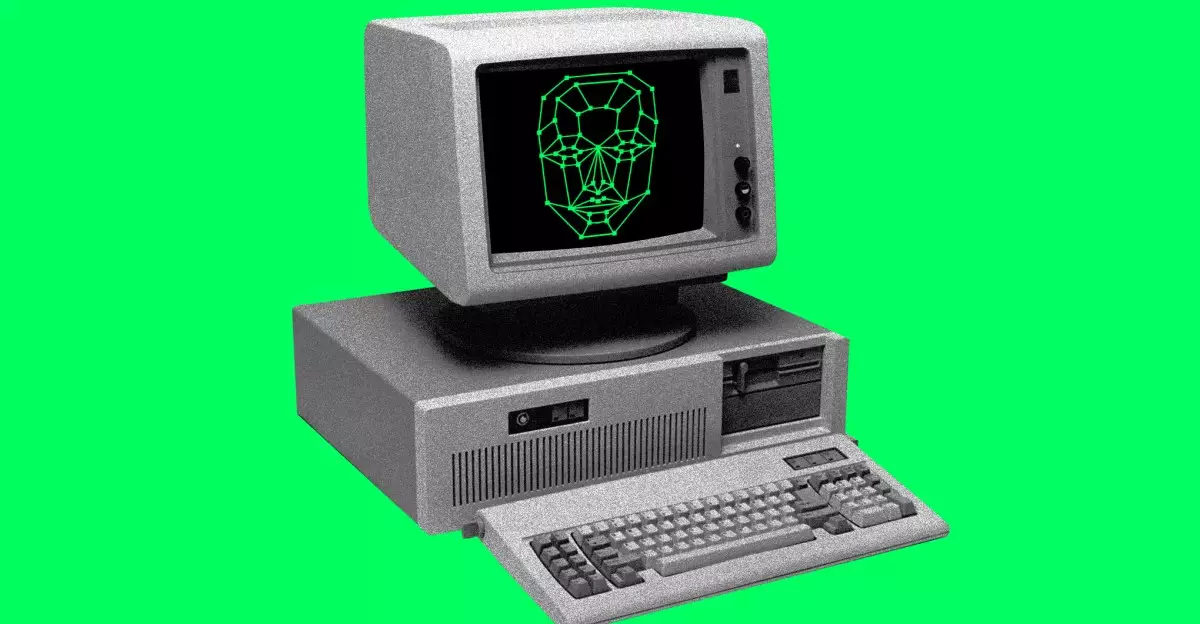Artificial Intelligence, especially generative tools, has revolutionized content creation and accessibility. These technologies promise rapid innovation, democratization of media, and new forms of artistic expression. Yet, beneath their glossy surface lies a troubling reality: the potential to perpetuate and amplify harmful stereotypes. The recent emergence of racist and hateful videos created with Google Veo 3 exemplifies this dangerous flip side. These clips, which have garnered millions of views, demonstrate how AI, despite its promise of neutrality, can be exploited to spread bigotry and prejudice.
Technological Shortcomings Fuel Harmful Content
Despite claims from developers like Google of implementing safeguards to block harmful requests, the reality appears less reassuring. Veo 3’s ability to generate video content with mere textual prompts is inherently powerful—and potentially perilous. When users craft prompts with malicious intent, it becomes possible to produce materials laden with racist tropes, antisemitic stereotypes, and xenophobic depictions. The problem accentuates when these videos are short, rising from the limitations of the platform but capable of quickly gaining viral attention on social media. The fact that some of these clips have been viewed millions of times indicates how easily offensive content can infiltrate mainstream feeds, normalizing harmful narratives.
The Ethical and Social Dimensions of AI Exploitation
While platforms like TikTok publicly denounce hate speech and have policies to remove such content proactively, enforcement remains inconsistent. The presence of racist videos on YouTube and Instagram, often with fewer views, suggests that harmful AI-generated material is pervasive and hard to eradicate entirely. It also raises critical questions about the responsibility of the tech companies. Are they doing enough to prevent their innovations from being weaponized? The concern extends beyond individual videos to a broader societal risk—shaping perceptions, reinforcing stereotypes, and fueling division.
The Responsibility of Innovators and Society
It is evident that the path forward involves a multifaceted approach. Developers must go beyond lip service and embed robust, proactive safeguards within their algorithms, actively filtering out malicious prompts and outputs. Social media platforms need to enhance moderation tools and enforce stricter policies. Society, meanwhile, must foster critical media literacy, teaching users to recognize and reject harmful content. AI creators and consumers alike bear a shared responsibility to ensure these powerful tools serve as agents of positive change rather than vectors of hate.
The Call for Ethical Vigilance
As AI technology continues to evolve at a breakneck pace, complacency is a luxury we cannot afford. The incidents linked to Veo 3 are not isolated anomalies; they are symptoms of a deeper dilemma. The challenge is to harness AI’s potential while vigilantly guarding against its misuse—recognizing that technology, in the wrong hands, can do just as much harm as good. Society must insist that ethical considerations stay central as we shape the future of AI, otherwise we risk normalizing and amplifying the darkest corners of human bias.

